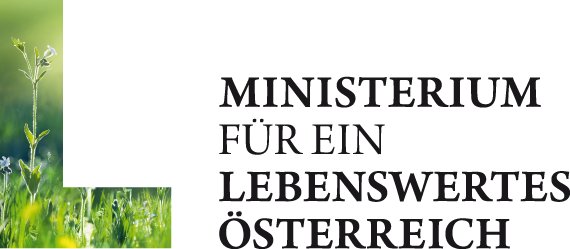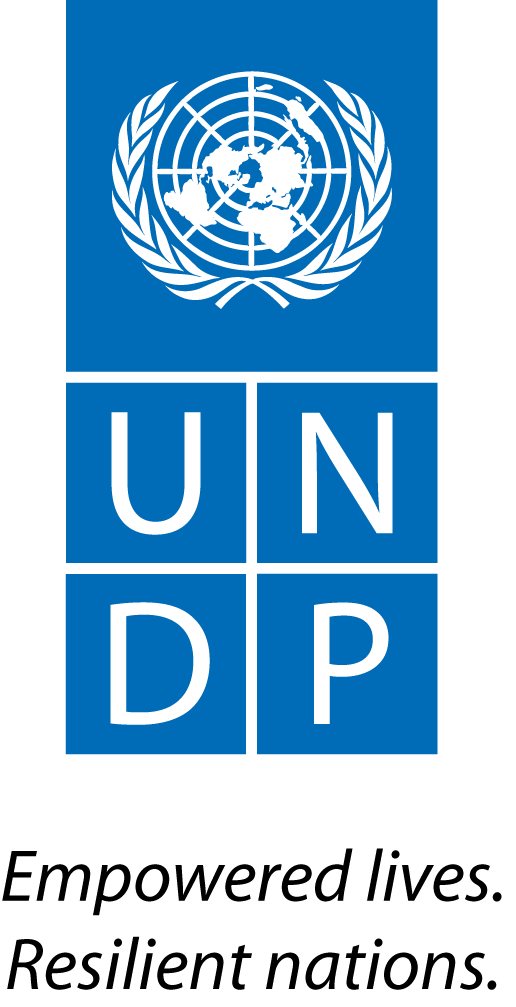http://www.businessday.co.za/articles/Content.aspx?id=150178
EVEN if global warming was limited to 2° C above pre-industrial levels - the maximum that the scientific consensus suggests can be reached without dangerous climate change - this might not be enough save SA from harm, Centre for Scientific and Industrial Research (CSIR) atmospheric modeller Francois Engelbrecht said on Friday.
Doubts are growing that world leaders will secure an agreement to reduce carbon emissions further at the United Nations climate talks in Durban from November 28-December 9.
Africa would experience warming of between 4° C and 5° C by 2100 if the global average rise was 2° C, and was the only continent that would experience this doubling, Dr Engelbrecht said in Pretoria, presenting the first in a series of lectures titled COP17@CSIR.
While South America and Australia were projected to experience similar warming, the amplitude would not be as great, Dr Engelbrecht said. Parts of northern Europe would also experience doubling, but only in small pockets in the zones between 40° and 45° latitude.
Southern Africa's problem was that it had a large land mass north of it that promoted warming. The large Eurasian land mass was also why pockets of northern Europe would experience doubling. Australia and South America did not have this problem.
In SA, winter in the interior would be most affected.
It is unlikely the Durban talks will deliver a second commitment period to the Kyoto Protocol, the international agreement on the stabilisation of greenhouse gas concentrations. Its first commitment period ends on December 31 next year and there is a near-stalemate developed between rich and developing countries on mitigating climate change after that.
Environment Minister Edna Molewa and International Relations Minister Maite Nkoana- Mashabane have been preparing the world for a let-down. They have said Durban must fill any legal vacuum left if the protocol's first commitment period expired before a second was in place.






